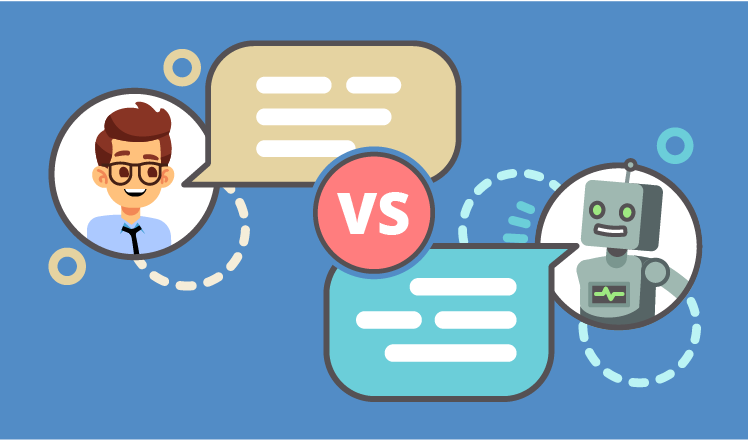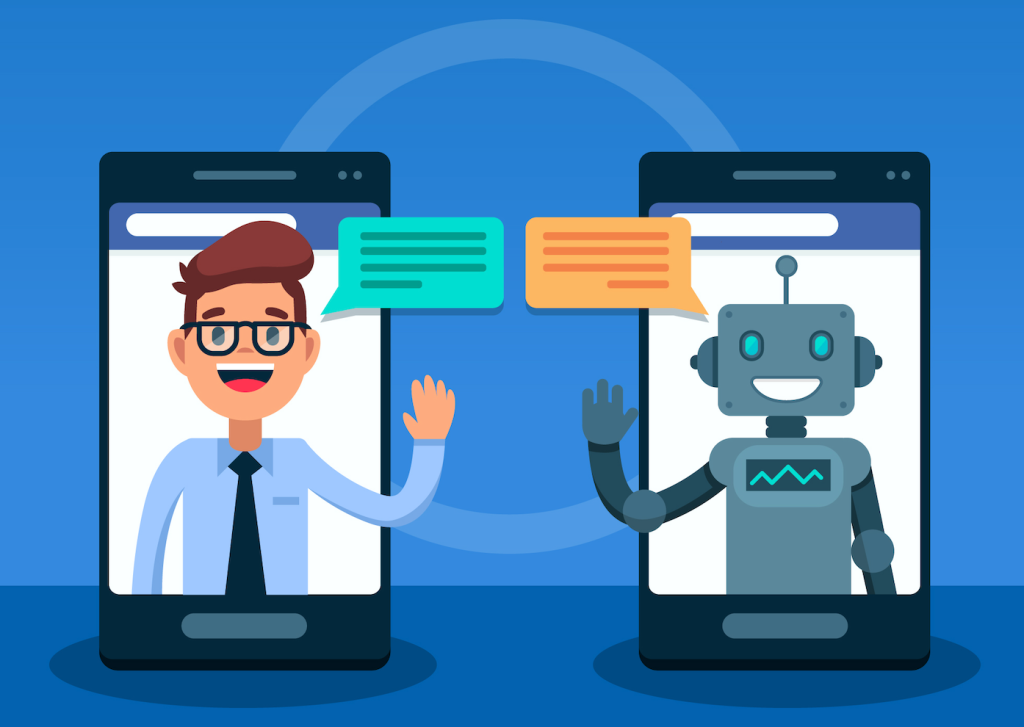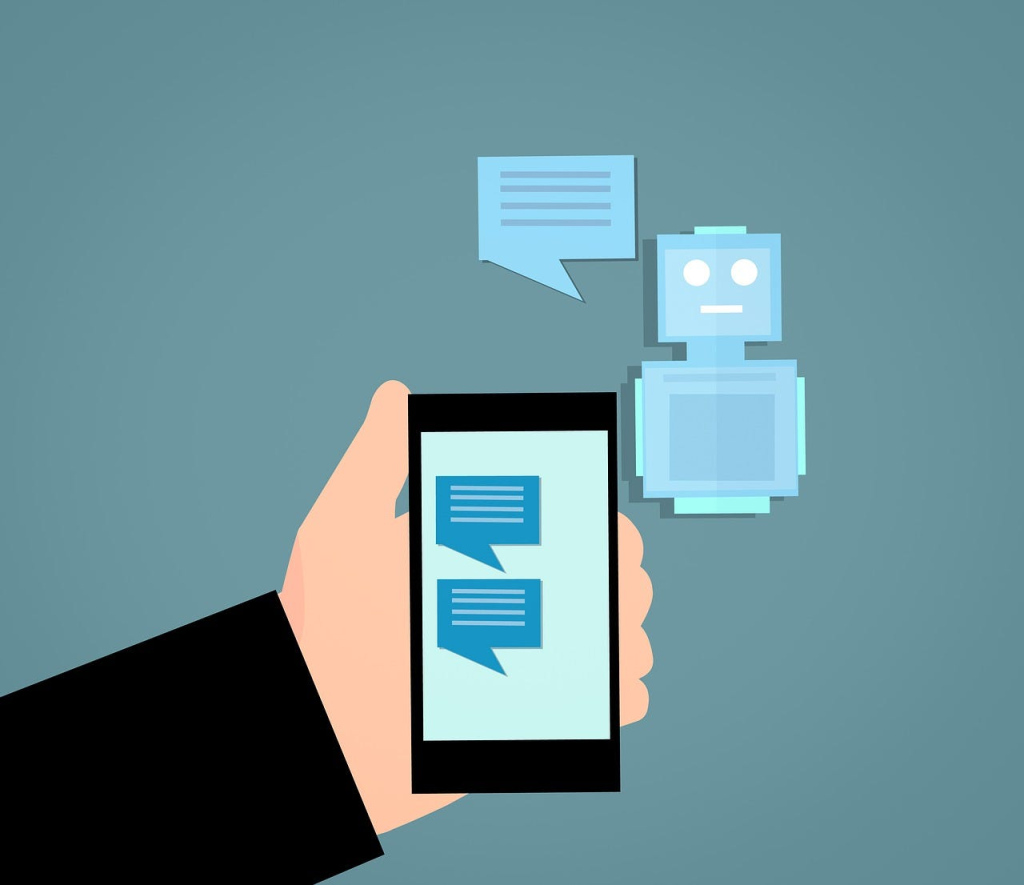As a chatbot expert, I’ve spent years exploring the nuances of customer support technologies. One of the most common questions I encounter is: Should I use a chatbot or live chat for my business? The answer isn’t always straightforward, as both solutions have unique strengths and limitations. In this article, I’ll break down the key differences, pros, and cons of chatbots and live chat to help you make an informed decision for your business.

Understanding Chatbots and Live Chat
Before diving into the comparison, let’s define what chatbots and live chat are:
- Chatbots: These are AI-powered tools designed to automate customer interactions. They can handle FAQs, provide product recommendations, and even process transactions without human intervention.
- Live Chat: This is a real-time communication tool that connects customers with human agents. It’s ideal for personalized support and handling complex queries.
Both solutions aim to enhance customer experience, but they do so in different ways.
Key Differences Between Chatbots and Live Chat
Automation vs. Human Touch
- Chatbots: Rely on automation and AI to handle repetitive tasks. They’re available 24/7 and can manage multiple conversations simultaneously.
- Live Chat: Requires human agents to provide empathetic and nuanced responses. It’s best suited for situations where a personal touch is essential.
Cost and Scalability
- Chatbots: Typically involve higher upfront costs but are more cost-effective in the long run due to reduced manpower requirements.
- Live Chat: While cheaper to implement initially, it can become expensive as you scale, especially if you need to hire and train additional agents.
Response Time and Availability
- Chatbots: Offer instant responses and are always available, making them ideal for after-hours support.
- Live Chat: Response times depend on agent availability, but it excels in handling complex or sensitive issues.
Integration and Customization
- Chatbots: Can be integrated with various platforms and customized to perform specific tasks, such as lead generation or order tracking.
- Live Chat: Offers seamless integration with CRM systems, allowing agents to access customer history and provide tailored support.
Pros and Cons of Chatbots
Pros
- 24/7 Availability: Chatbots never sleep, ensuring customers get assistance anytime.
- Cost-Effective: Reduces the need for a large support team.
- Scalability: Can handle a high volume of queries simultaneously.
- Consistency: Provides uniform responses, minimizing errors.
Cons
- Limited Empathy: Lacks the human touch needed for sensitive issues.
- Complexity: May struggle with nuanced or unique queries.
- Initial Setup: Requires significant investment in development and training.

Pros and Cons of Live Chat
Pros
- Human Interaction: Builds trust and rapport with customers.
- Flexibility: Agents can adapt to complex or unexpected situations.
- Personalization: Offers tailored solutions based on customer history.
Cons
- Limited Availability: Requires agents to be online, which can be challenging for 24/7 support.
- Higher Costs: Scaling live chat can be expensive due to staffing needs.
- Response Time: Customers may experience delays during peak hours.
When to Use Chatbots vs Live Chat
Use Chatbots If:
- Your business receives a high volume of repetitive queries.
- You need to provide 24/7 support without increasing staffing costs.
- You want to automate routine tasks like FAQs, order tracking, or lead generation.
Use Live Chat If:
- Your customers require personalized, empathetic support.
- You handle complex or sensitive issues that need human intervention.
- You want to build stronger relationships with your customers.
The Hybrid Approach: Best of Both Worlds
In many cases, combining chatbots and live chat can deliver the best results. Here’s how:
- Initial Triage: Use chatbots to handle simple queries and gather basic information before escalating to a human agent.
- After-Hours Support: Deploy chatbots to provide assistance when live agents are unavailable.
- Seamless Handoff: Integrate chatbots with live chat to ensure smooth transitions between automated and human support.
For example, at my company, we’ve implemented a hybrid system where chatbots handle 70% of inquiries, freeing up our agents to focus on more complex issues. This approach has significantly improved our efficiency and customer satisfaction.
Future Trends in Chat Support
As technology evolves, the lines between chatbots and live chat are blurring. Here are some trends to watch:
- AI-Powered Live Chat: Agents are increasingly using AI tools to enhance their responses, making live chat even more efficient.
- Voice-Activated Chatbots: Voice assistants are becoming more sophisticated, offering a new dimension to chatbot interactions.
- Emotion Recognition: Future chatbots may be able to detect customer emotions and adjust their responses accordingly.

Choosing the Right Solution for Your Business
The decision between chatbots and live chat ultimately depends on your business needs, budget, and customer expectations. If you’re looking for cost-effective, scalable support, chatbots are the way to go. However, if personalized, empathetic service is your priority, live chat is the better choice.
In my experience, a hybrid approach often delivers the best results. By leveraging the strengths of both solutions, you can provide exceptional customer support while optimizing your resources.
So, whether you choose chatbots, live chat, or a combination of both, the key is to enhance how you connect with your customers and build lasting relationships. After all, in today’s competitive landscape, exceptional customer service is what sets you apart.
You can also read:
AI Help Desk Chatbot: 24/7 Seamless Customer Support Solution



